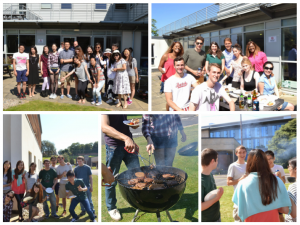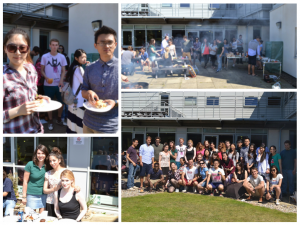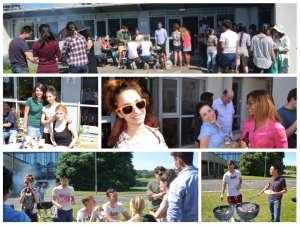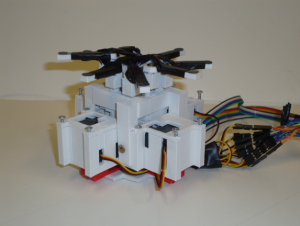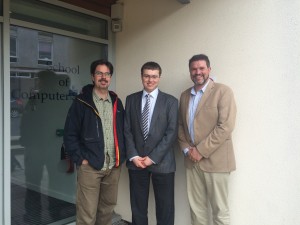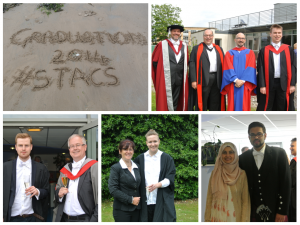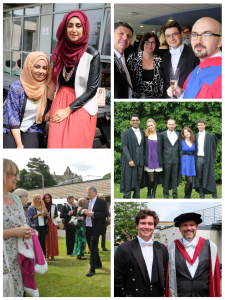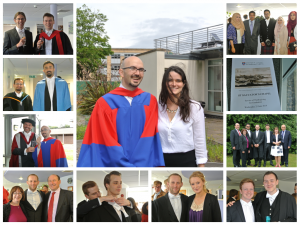We seek applications for a SICSA lectureship in Human Computer Interaction or a closely related area. We welcome applications from excellent researchers in any relevant area who are keen to cooperate with others within St Andrews Computer Human Interaction (SACHI) and the School of Computer Science. We are especially, but not exclusively, interested in those working in HCI and:
Input and Interaction methods
Information Visualisation or other techniques relevant to Data Science (e.g. machine learning)
Ubiquitous Computing or Systems
Digital Humanities
You should have a PhD, a period of postdoctoral experience and have an outstanding research record as demonstrated by publications and research funding. You must be willing to cooperate with other researchers across Scotland and contribute to the work of SICSA, especially its Human Computer Interaction theme, and to teach in any area of Computer Science. Teaching is important to us and you should be a committed teacher, with appropriate experience.
Candidates interested in this post are welcome to informally contact the Head of School (Steve Linton hos-cs@st-andrews.ac.uk) to discuss possible options. For informal discussion on St Andrews Computer Human Interaction, please contact Professor Aaron Quigley aquigley@st-andrews.ac.uk. We would welcome interaction with any established groups wishing to move to St Andrews.
Information on how to apply.


